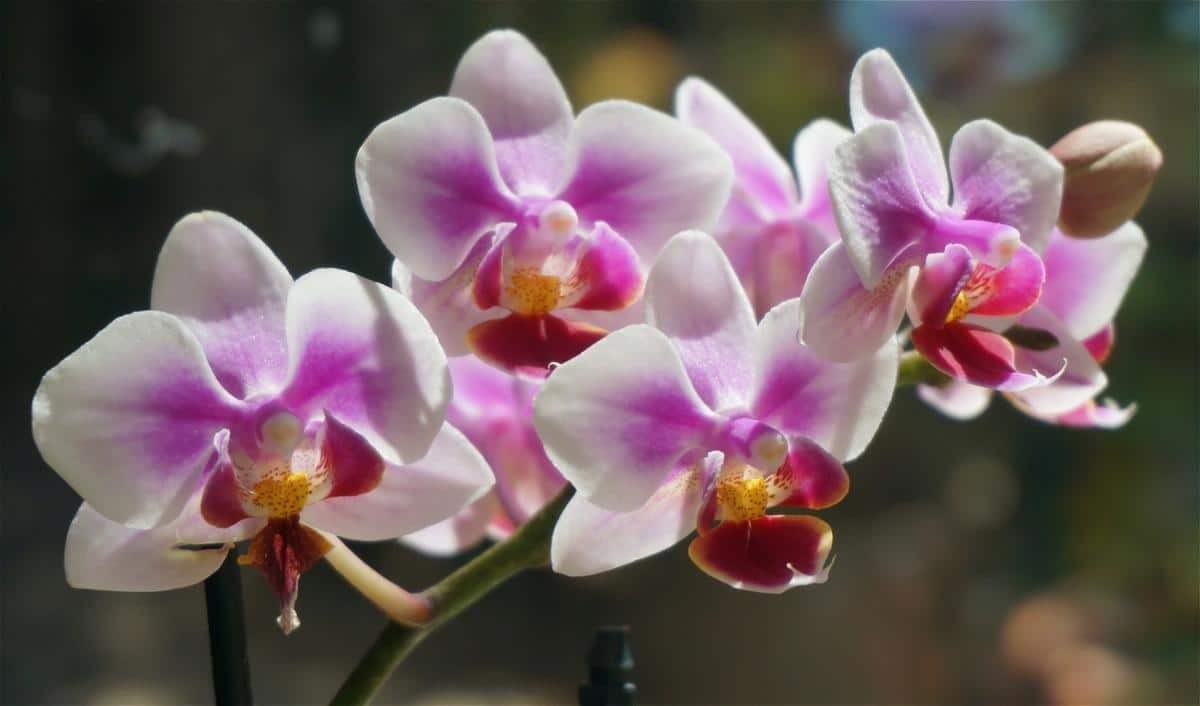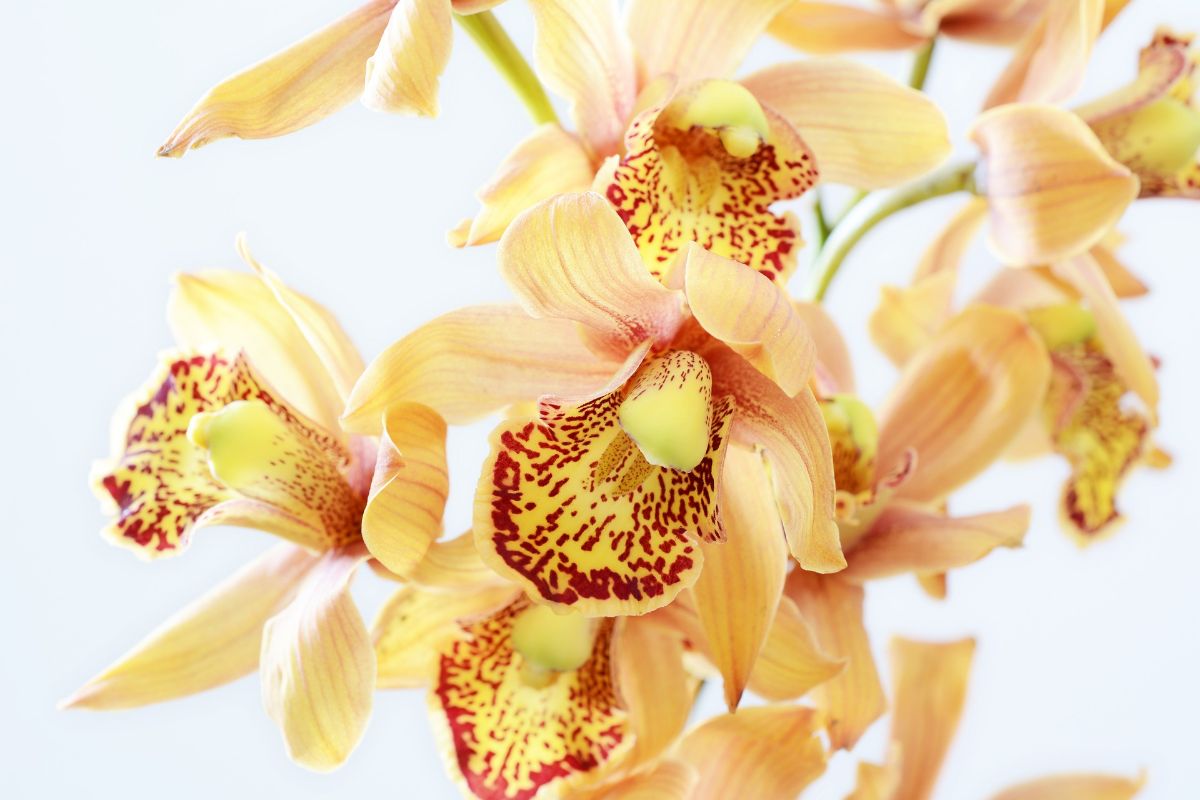
One of the most beautiful plants that has been in fashion for several years is undoubtedly the orchid. The exotic flowers, of diverse colors, and the elegance of their bearing have fallen in love with many. But, How to care for an orchid so that you have it for years and years?
This is perhaps the biggest problem and challenge that arises. And it is that, although it is easy to have an orchid, its care and maintenance must be carried out to the letter since any mistake can end up making the plant sick. So how about we help you do it right?
How to care for an orchid indoors
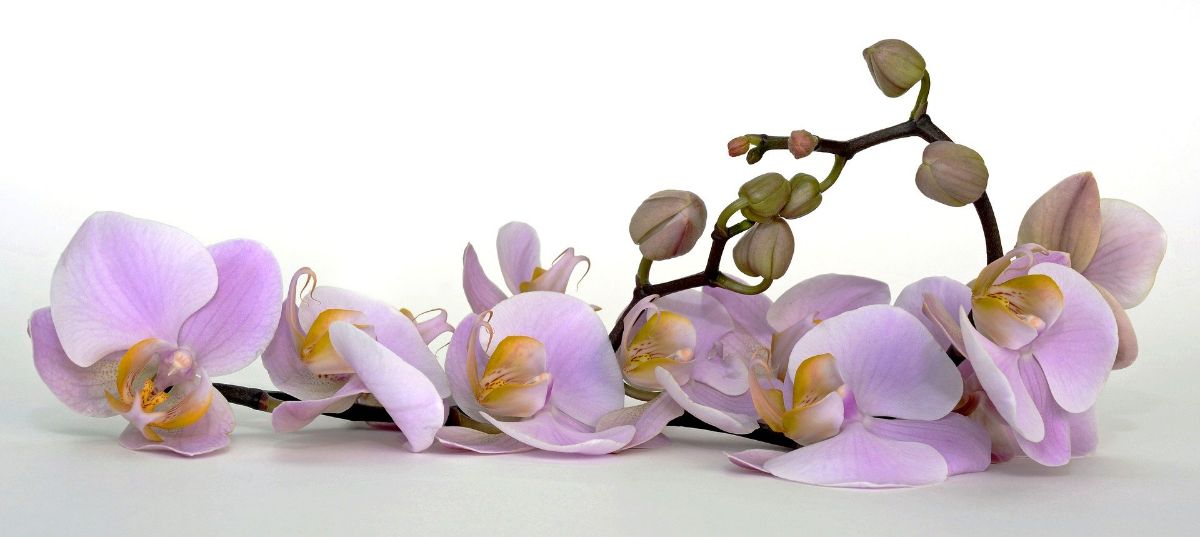
The normal thing when you have an orchid is that you place it inside the house, in a sunny place, but that does not give it direct sun. Now, what are the minimum needs that you must meet? We explain them to you.
The flower pot
Many people tend to put the orchid in another pot, or use a cover pot to "decorate" it, which is in line with the color of the flower, and so on. But the truth is that doing this is very negative.
Orchids are not sold in transparent pots to save money, but because they should be like that. On the one hand, these pots show you how the roots are, which allows you to observe at any time if there are pests or diseases. Or if they are drying out, or turning black.
On the other hand, it is very important that they are like this because sunlight can affect the roots, and with this they will have all the nutrients they need. So, although decorative pots are very good, our recommendation is that you do not hide them, but leave them. You will have a better chance of lasting more years.
Take care of your land
Another important aspect of the orchid is the earth. You will realize that it is not the usual in other pots, but that they are pieces of bark. Therefore, when filling it if you have little, you have to use bark instead of the common substrate.
This has an explanation, and that is that the pieces of bark allow the roots to breathe at all times, in addition to absorbing moisture so that it does not affect the plants. This is not very expensive, and you should have it on hand if you see that it is missing or for transplants.
Location
When learning how to care for an orchid, you must be aware of where you are going to put it. And is that it is not enough to just choose a bright place in the house And that's it, you have to think of one where it does not have drafts, that there is not a very loaded environment, that has a good temperature and that is with some humidity.
Specifically, the location needs are as follows:
- Lots of light, but not directly. You should choose a place near a window or a balcony but that is not exposed to the sun.
- No drafts or heavily loaded environments. That will only encourage the flowers to fall off.
- Temperature between 10 and 30 degrees.
- Humidity between 35 and 40%.
If you provide all of that, your orchid will thank you.
Can you have an orchid outside?
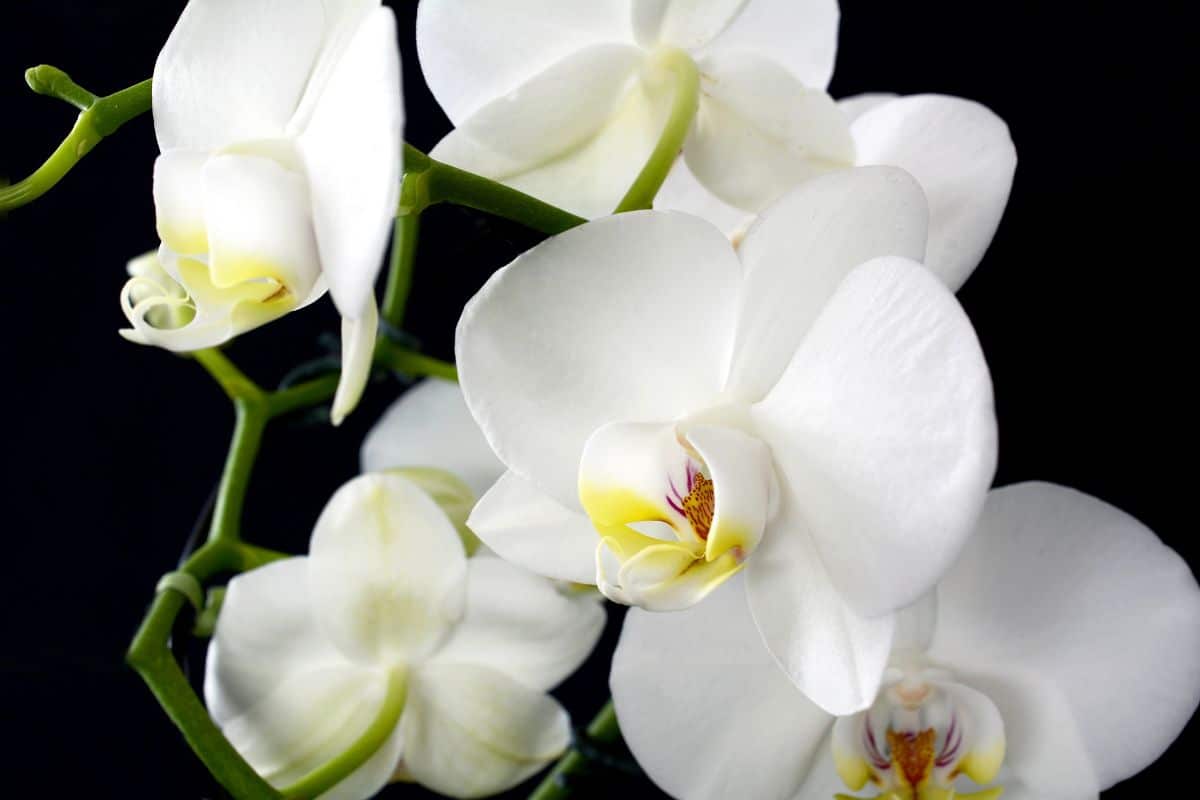
The orchid, like all plants, is a kind of exterior. Its origin is in tropical lands where all the conditions that we have seen before exist. But, having an orchid outside is not easy; on the contrary, it can end up dying very quickly.
Only if you can provide those conditions previous ones away from home you could consider it.
In some cases, many take them outside in summer, respecting the hottest hours, temperature, humidity, etc. but it really is easier for them to get sick if you do that. And, of course, in winter we do not recommend it in any way.
How to water and fertilize an orchid
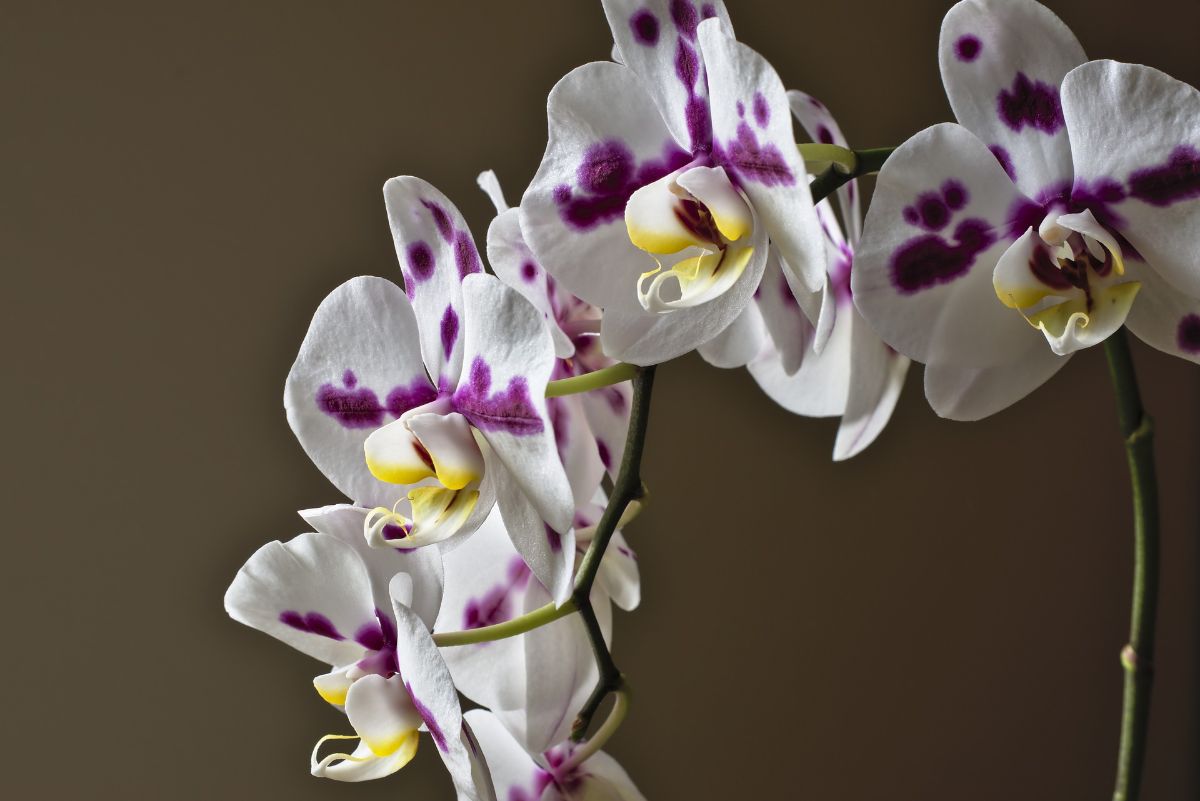
One of the big problems when it comes to knowing how to care for an orchid is, without a doubt, the fact of watering and fertilizing it. Orchids are very "demanding" with the type of irrigation and with the fertilizer. That is why you must take into account the following:
Orchid watering, the crux of how to care for an orchid
Much is said about irrigation. Some that you have to spray by spraying it; others that it is enough to put water in the base so that it absorbs from below… Others that you water by immersion… And what is the best way? Well the truth is that all. And none.
It will depend on where you live, how the plant is, etc. Immersion irrigation is the one that allows the roots to get completely wet, but it can get very wet, and that will rot the roots. Spray irrigation will only wet the surface, but you will not water it well. And if you add water to it, this with the bark will go away very quickly, not giving the plant time to nourish itself.
So we recommend the watering by immersion, but controlled in minutes and only 1-2 times a week in summer, if it is very hot (only one in winter). Also, you have to make sure that all excess water drains well. The rest, if you see that it dries very soon, you can do it by spraying.
How to fertilize an orchid
In the case of the subscriber, you should know that many recommend that it be paid all year round. But in different amounts.
- In autumn and winter, which is the period of rest of the plant, it will be enough to add compost once a month.
- In spring, before his flowering period, it must be paid every 10-12 days.
- And in the moment is blooming you have to reduce a little, pay only every 20 days.
To choose a fertilizer, we recommend the liquid, since you can easily mix it with water and water it with it.
How to get it back if you are dying
Has it happened to you that your orchid has begun to lose color, to look withered and that the roots begin to change tonality? Well, that is that it warns you that you are getting sick and that you can die if you do not do something.
The steps you must take to try to recover it are the following:
- Remove the stem of the flower. To do this, we recommend that you cut it from the base, as this will not take away the strength of the plant.
- Put it in a bright area and spray the orchid leaves. That will give it an ambient humidity. But be careful, because if you already live in a humid area, it can be counterproductive.
- Use an invigorating orchid foliar. They will help reactivate health and could cause another stem to grow. It will also serve to make the leaves regain their color and hardness. Another option is to use compost, but only a few drops.
We cannot tell you that with this your orchid will be saved, but at least you will have put the means.
Do you have any questions about how to care for an orchid? Ask us!
